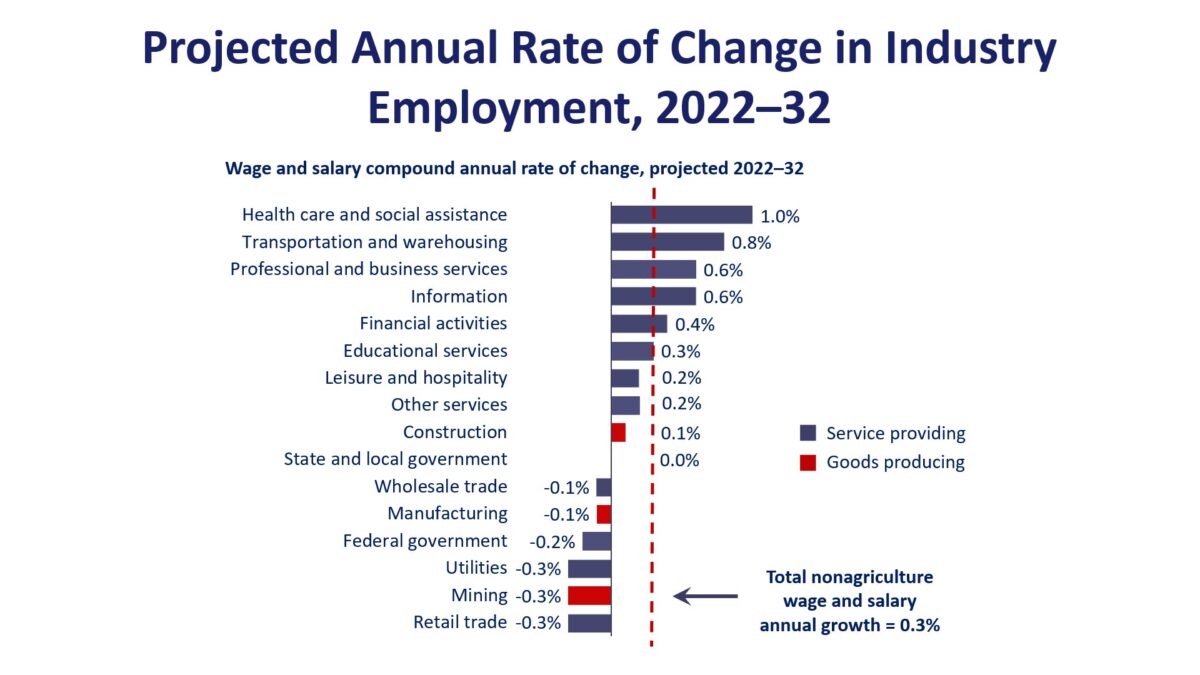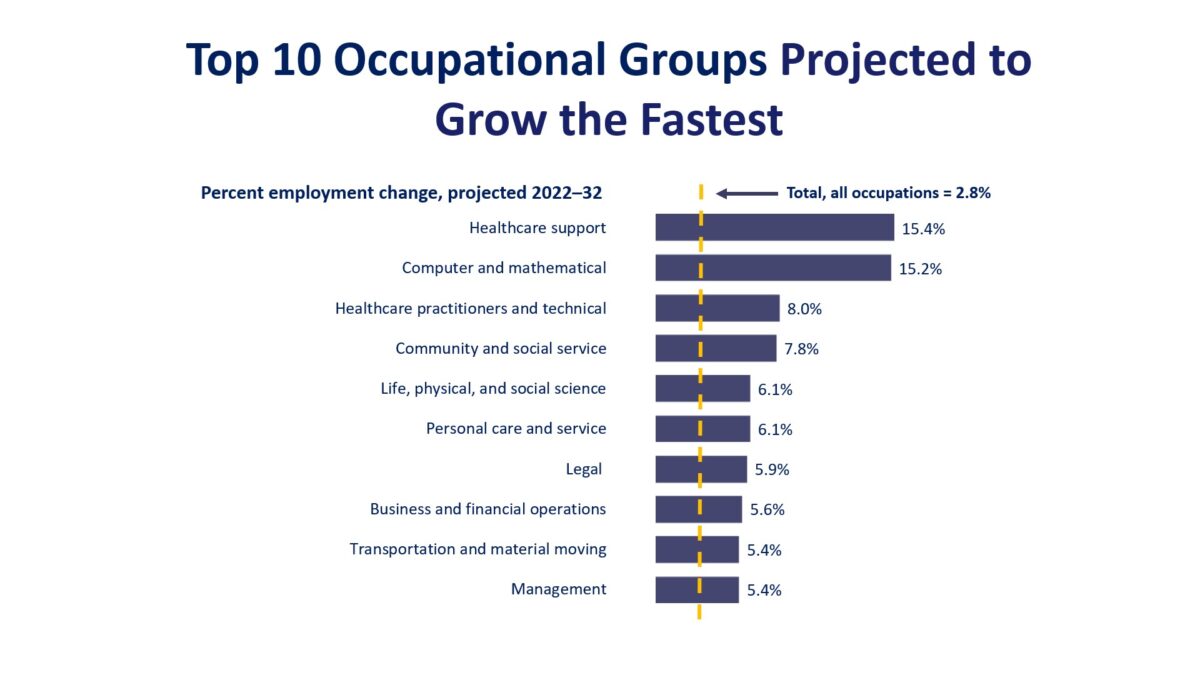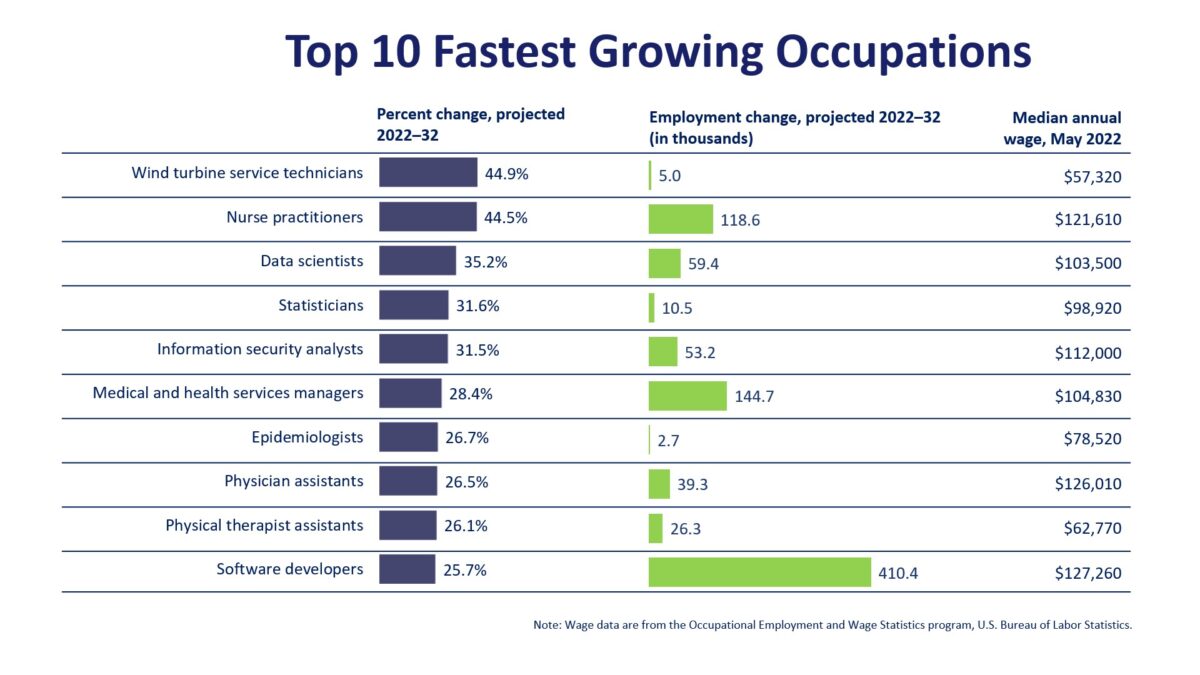After emerging from the crisis mode healthcare systems faced during the COVID-19 pandemic and entering what was deemed the new normal, many hospitals and health systems found that their staffing issues had only gotten worse. Nurses and other healthcare professionals (HCPs) experienced increased burnout from the prolonged healthcare crisis, with many choosing to switch gears within their professions or leave the profession altogether.
Many hospital and health system leaders sought to prioritize workforce stabilization during 2023 and into 2024 by increasing their efforts to recruit and retain permanent staff over high-cost travel workers. However, facing continued labor shortages and record-high turnover rates, many healthcare organizations still consider traveling healthcare labor a key strategy to fill open positions. This strategy may be even more necessary for hard-to-fill roles, such as registered nurses (RNs), nurse practitioners (NPs), physical therapists (PTs) and mental health professionals.
In a tight labor market, hiring travel staff can widen a health system’s talent pool, providing more patient coverage and helping reduce clinician burnout and turnover. Although it’s difficult to predict the future of travel staffing, one thing holds true – as long as the demand for nurses and HCPs continues to increase and supply remains low, the need for travelers to take up the slack will likely remain steady in 2024 and beyond.
Projected Employment Growth
The U.S. Bureau of Labor Statistics (BLS) predicts an additional 4.7 million jobs from 2022 to 2032 in the United States, a growth of about 2.8%. Similar to previous years, a significant portion of the projected employment gains are in the healthcare and social assistance sector. The nation’s aging population and expanding prevalence of chronic conditions are primary drivers of the growth within this sector.

Source: U.S. Bureau of Labor Statistics
The BLS projects that 2.1 million new jobs within this decade will be within healthcare and social assistance, roughly 45% of the 4.7 million total and more than any other sector. Within this sector, it expects the healthcare support occupational group to have the fastest employment growth and add the most jobs, with healthcare practitioners and technical occupational groups adding to the mix.

Source: U.S. Bureau of Labor Statistics
Parth Bhakta, founder and CEO of the healthcare talent marketplace Vivian Health, told Healthcare Brew that the demand for hospital workers, particularly nurses, continues to outstrip demand—and that’s unlikely to change anytime soon.
“I do believe that going into 2024 you’re going to see the continued demand on the healthcare workforce, where there’s just not enough healthcare workers and there’s a ton of open positions that remain to be filled,” Bhakta told the publication.
RELATED: Fastest Growing Healthcare Careers in 2024
Projected Growth and Shortages in Nursing

Nurses are a vital part of healthcare and comprise the largest segment of the healthcare workforce. Of these, nearly 5.2 million are registered nurses, per the American Association of Colleges of Nursing.
According to the National Council of State Boards of Nursing, about 100,000 RNs left the profession during the pandemic, and over 600,000 more indicated an intent to leave the workforce by 2027. This exodus could leave even larger staffing gaps at some facilities, requiring short-term or long-term travel nurse contracts to ensure patient safety.
Even without further losses within the nursing population, the demand for more nurses will continue to grow. Nurses play a crucial role in delivering direct patient care, which is particularly important for our nation’s aging population.
Despite the drop in peak pandemic crisis pay rates for travel nurses, these travelers still earned a 7% premium in travel wages at the start of 2024 compared to the pre-pandemic era. The forecast for travel nurses remains positive with an anticipated stabilization of travel pay and the growing demand to fill vacant staff positions. The demand for RNs and NPs is especially high, but all nursing professions have a projected spike in demand between 2022 and 2032.
The following table details the projected growth nationally among nurses within various disciplines and projected job openings each year between 2022 and 2032. It also lists the average weekly travel rates based on contracts posted on Vivian Health on February 21, 2024.
| Occupation | Projected Growth 2022-32 | Projected Job Openings Annually 2022-32 | Avg Weekly Travel Rate 2/21/24 |
| Nurse Practitioners | 45% | 26,300 | $5,191 |
| Nurse Anesthetists | 9% | 2,500 | $6,449 |
| Nurse Midwives | 6% | 400 | N/A |
| Registered Nurses | 6% | 193,100 | $2,129 |
| Licensed Practical / Vocational Nurses | 5% | 54,400 | $1,479 |
| Certified Nursing Assistants | 4% | 202,400 | $798 |
Sources: Vivian Health, O*NET OnLine, BLS
As noted in the table, the BLS projects that nurse practitioners will see the fastest employment growth among all nursing professionals. NPs rank 2nd, a scant 0.4% behind wind turbine service technicians, in the top 10 fastest-growing occupations between 2022 and 2032.
Unlike travel RNs and LPN/LVNs, nurse practitioners currently don’t have the convenience of a licensure compact between states that allows them to practice across borders easily. However, many take advantage of the higher pay usually found in travel contracts with the added plus of seeing the nation while earning this lucrative paycheck.
RELATED: What’s the Difference Between the eNLC and the APRN Licensure Compacts?
As healthcare facilities increasingly rely on team-based healthcare models combined with the continued shortage of physicians, especially primary care physicians, utilizing NPs to provide patient care customarily provided by a doctor should keep the demand for these HCPs well above average.

Source: U.S. Bureau of Labor Statistics
Projected Growth and Shortages in Allied Health Professions

Like travel nursing staff, many allied health professionals should also enjoy increased employment growth based on the rising demand within a wide array of specialties. According to the National Society of Allied Health, allied health professions combined comprise almost 60% of the healthcare professions workforce.
The National Center for Health Workforce Analysis (NCHWA) projects shortages in many vital allied health occupations. Where deficits exist lies the opportunity for travel staffing to address these shortcomings. Key travelers who may be in high demand through 2036 due to shortages in the field include respiratory therapists, physical therapists, mental health counselors, psychologists and pharmacists.
The projected job growth within specific fields can also significantly influence travel staffing. The fastest-growing allied health careers with the highest demand typically have some of the highest projected job growth and openings.
Like NPs, physician assistants also benefit from increased demand as they take up the slack where there’s a physician shortage. Assistants to physical and occupational therapists have an even faster-growing demand than their superiors through 2032. Allied health professionals specializing in areas vital to the health and well-being of aging adults should see increased job opportunities.
No matter the allied health specialty, increased demand often leads to facilities having open staff positions. Travelers have the opportunity to fill these staffing gaps until these facilities can fill these openings permanently.
The following table demonstrates the projected growth of allied health professions in potentially high demand and annual job openings in each field. It also showcases average weekly rates based on travel allied health jobs posted on Vivian Health on February 21, 2024.
| Occupation | Projected Growth 2022-32 | Projected Job Openings Annually 2022-32 | Avg Weekly Travel Rate 2/21/24 |
| Physician Assistants | 27% | 12,200 | $4,057 |
| Physical Therapy Assistants | 26% | 18,100 | $1,376 |
| Occupational Therapy Assistants | 24% | 8,000 | $1,489 |
| Speech-Language Pathologists | 19% | 13,200 | $2,055 |
| Physical Therapists | 15% | 13,900 | $2,046 |
| Marriage and Family Therapists | 15% | 5,900 | $2,081 |
| Medical Assistants | 14% | 114,600 | $1,046 |
| Diagnostic Medical Sonographers / Ultrasound Techs | 14% | 5,700 | $2,437 |
| Respiratory Therapists | 13% | 8,600 | $1,870 |
| Occupational Therapists | 12% | 9,600 | $2,020 |
| Audiologists | 11% | 900 | $2,827 |
| Phlebotomists | 8% | 19,500 | $1,144 |
| Magnetic Resonance Imaging Technologists | 8% | 2,600 | $2,385 |
| Social Workers | 7% | 18,700 | $2,165 |
| Pharmacy Technicians | 6% | 44,900 | $1,310 |
| Psychologists | 6% | 4,100 | $4,036 |
| Medical and Clinical Laboratory Technologists | 5% | 24,000 | $1,900 |
| Radiologic Technologists | 5% | 13,100 | $2,372 |
| Surgical Technologists | 5% | 7,200 | $1,999 |
| Paramedics | 5% | 5,100 | $1,356 |
| Surgical Assistants | 5% | 1,300 | $2,241 |
| Cardiovascular Technologists | 4% | 3,900 | $2,532 |
| Pharmacists | 3% | 13,400 | $2,929 |
| Radiation Therapists | 2% | 700 | $2,440 |
| Nuclear Medicine Technologists | 0% | 800 | $2,526 |
Sources: Vivian Health, O*NET OnLine, BLS
Critical Staffing Shortages and the Future of Travel Staffing
As many organizations continue to predict that healthcare staffing shortages aren’t going away, the need for travel staffing isn’t going away either. As long as there’s a shortage of nurses and allied health professionals, there will be a continued need for travel healthcare workers with the flexibility to work where they’re needed most. If you’re considering travel work, rest assured that employment opportunities will exist for the foreseeable future.
Stay updated on the latest travel staff openings by browsing jobs on Vivian to find your next opportunity today.
Editor’s Note: This blog post was originally published in February 2023 and has been updated annually to reflect current tax information provided by tax professionals.










So long as travel nursing wages are so low many of us are refusing to go out. We have to duplicate expenses and need to be able to save some money, not just live paycheck to paycheck. I can stay home in the poor paying state of Texas, work PD and get further ahead than I can traveling for $1800-2200/wk traveling. No way I’m losing money to help hospitals who don’t care one bit about us anyway.
Very informative and helpful!